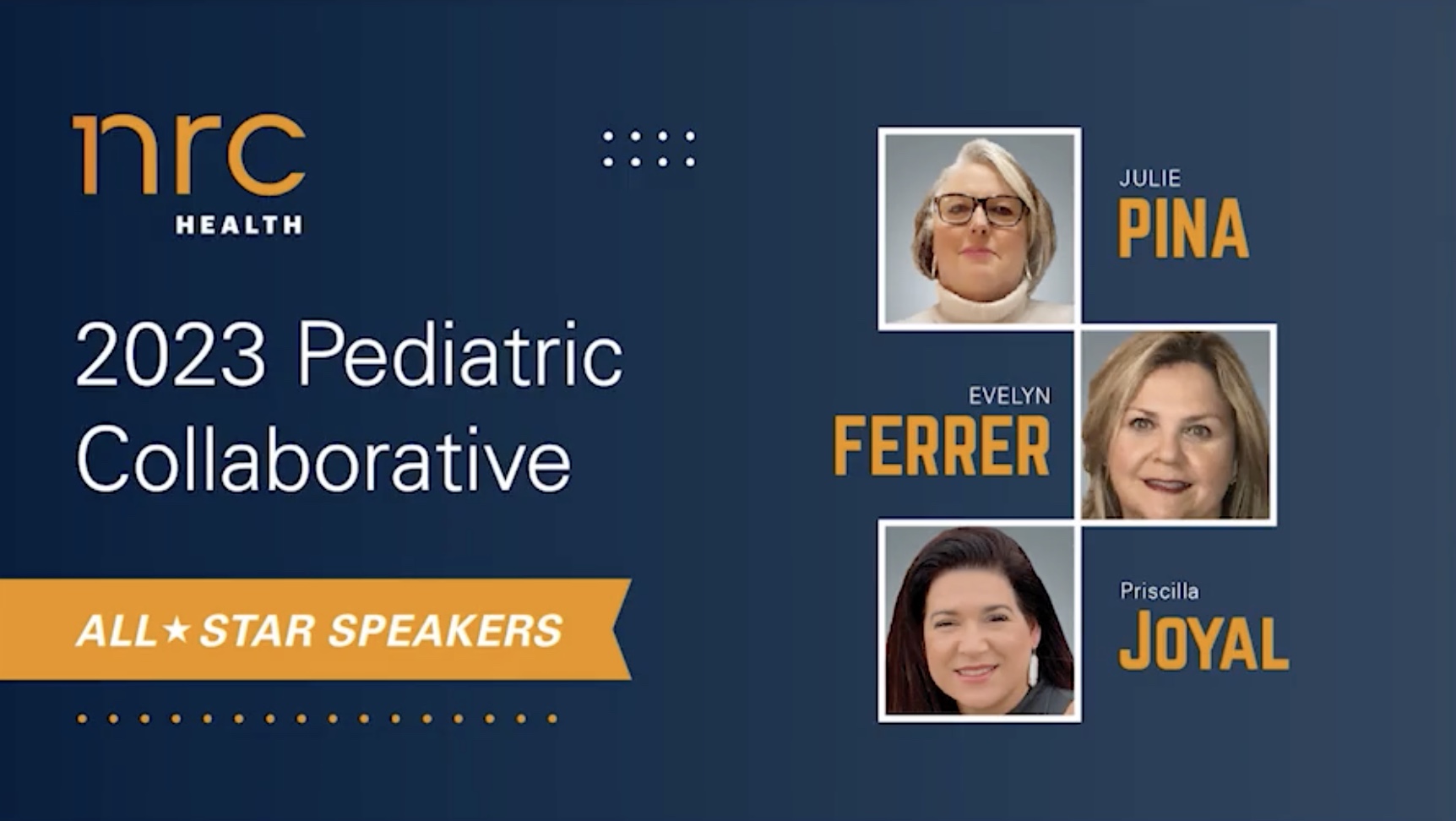How Driscoll Health System’s leadership rounding brings patients and families together

How Driscoll Health System’s leadership rounding brings patients and families together
Driscoll Health System in Corpus Christi, Texas, changed its leadership-rounding strategy following a rebranding campaign and an industry-changing global pandemic. It shifted from monitoring the patient experience to focusing on the voice of patients and their family members. Now leadership rounding “the Driscoll way” means that leaders can be creative, authentic, and consistent in ensuring their patients know they can and will make a difference.
“I like to help pass out breakfast, lunch, or dinner trays,” says Director of Acute Care Services Priscilla Joyal, MSN, RN, CPN. “That’s an opportunity for me to help the staff and see what’s going on with the patient and their family. Since we started doing this in 2013, the change you see in our hallways is that people will now make eye contact. Before, everybody was on their phone or doing things. Now the Driscoll way is really about being present and looking at your environment to see what opportunity is there to help somebody to a visit or get them to where they need to be.”
Joyal explains that an executive presence in leadership rounding is important because it allows patients to see leaders demonstrate their sense of humor, decisiveness, confidence, command of the room, emotional intelligence, charisma, and professional appearance.
“Sophistication doesn’t necessarily mean dressed in stilettos or a three-piece suit,” she says. “It’s really about being polished and put together, prominent nametag and business card in hand—being relaxed with an appropriate sense of humor.”
Julie Piña, Chief Nursing Officer at Driscoll Children’s, says that while leader rounding is part of the daily workflow of nurse leaders, it shouldn’t be seen simply as an extra task or calendar appointment to check off.
“During rounding, you can identify how developing a personal cadence and well-scripted communication can provide a wealth of information for the primary team, such as care-plan understanding, discharge readiness, and identification of parent/patient attributes that guide us in supporting the uniqueness of the patient and parent and an n of one,” Piña says. “In addition, leadership rounding will help with team collaboration and consistent communication, moving a good experience to a great, unforgettable experience.”
Leadership rounding is about building relationships and opening lines of communication, explains Evelyn Ferrer, the organization’s Senior Director of Organizational Development and Patient Relations.
“This is about building rapport with our families, getting to know them,” she says. “Someone said we’re patient-obsessed, just like Amazon is consumer-obsessed, because we want your business.”
Ferrer suggests making some of these comments your own in leadership rounding:
- “We want to make sure you understand everything during your hospital stay. Are the nurses/staff explaining things in a way you can understand?”
- “No one knows your child better than you. We value what you are sharing and experiencing.”
- “Your input/involvement/participation in your child’s care is strongly encouraged.”
- “Tell us what you think, or what your understanding of the plan of care is, and whether it aligns with your personal goals and expectations.”
- “Tell us how you’d like to see us communicating with you, your child, and each other.”
“We’re doing this because it’s the right thing to do,” Ferrer says. “We’re building relationships, because we really want to get to know them.”
Click here to view this presentation and others from the NRC Health 2023 Pediatric Collaborative.


